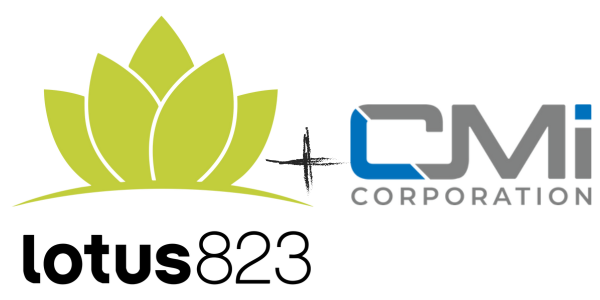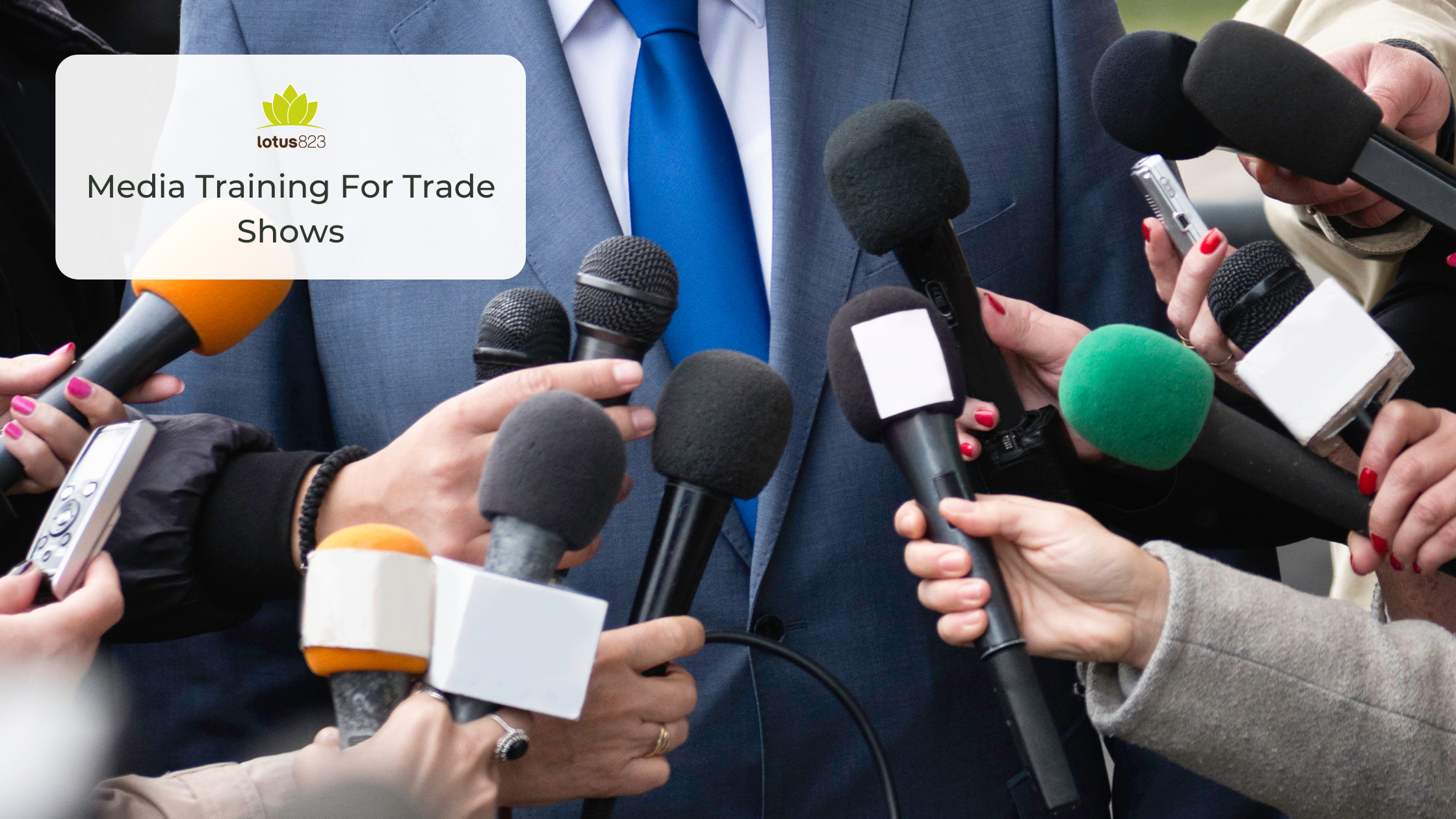Recently, I was in a meeting discussing a new client’s marketing strategy where I asked the question, “Are they planning to go the FBA or FBM route?” In response, I was greeted with a round of blank stares from my colleagues. At that moment, a realization came over me – I was speaking what felt like another language, a foreign language that actually belonged to Amazon.
For marketers and business executives who do not deal with the behemoth that is Amazon on a day-to-day basis, a term like “FBA” might sound unfamiliar. However, even if you don’t live Amazon day in and day out, it is extremely important to know the basics of the service, especially when talking to your agencies or when selling on your own.
To make things a bit easier, below I have broken down the basics of Amazon acronyms and jargon for sellers, what they mean, and why you should know them.
Amazon Acronyms & Other Jargon
FBA
FBA means Fulfillment by Amazon. This fulfillment method is used by sellers who pre-ship products to Amazon fulfillment centers, allowing Amazon to handle all shipping and handling when products are purchased on the marketplace.
FBM
FBM, sometimes also referred to as MF, means Fulfillment by Merchant. This is the fulfillment method used by sellers who handle all shipping and handling in-house or through a different warehousing partner.
1P/1st Party/Vendor Central
All of these terms refer to a seller’s relationship with Amazon. If you are a Vendor Central (or 1st Party or 1P) seller, you have a wholesale relationship with Amazon. You sell your products to Amazon in bulk and Amazon sells these products to its customers – handling orders, pricing, shipping and handling, customer service, and more. To become a 1P seller, a Vendor Central invitation from Amazon is required.
3P/3rd Party/Seller Central
All of these terms refer to a seller’s relationship with Amazon. In this situation, you are a Seller Central (or 3rd Party or 3P) seller, where you are selling directly to customers via the Amazon platform. You handle orders, pricing, shipping and handling (your choice: FBA or FBM), customer service, and more.
ASIN
An ASIN is the Amazon Standard Identification Number. Every product sold on Amazon is assigned an ASIN.
Amazon Spark
Amazon Spark is Amazon’s proprietary social media platform that is available for Prime members. You can learn more about this platform in my previous blog post, “Amazon Spark: What Brands Need to Know.”
AMS
AMS stands for Amazon Marketing Services. AMS is the tool you or your agency will use to run all of your advertising campaigns within the Amazon marketplace.
Brand Registry
This may sound like something for engaged couples or expecting parents, but it is far from that! Every business executive should be aware of the Amazon Brand Registry and its perks. If you are a brand owner, you can register as such. This will give you higher control over the content about your products that exists on Amazon, regardless of how many other parties are also selling your brand’s products.
Buy Box
Winning the Buy Box is the holy grail of Amazon selling. Simply put, Amazon’s Buy Box is the box on any product page where a consumer can click Add to Cart. If you sell a product on Amazon that another person is also selling, you will be competing with them for the Buy Box – and that is a competition you want to win. Winning the Buy Box means your product is in the #1 position on a product page, where an Add to Cart click will result in a sale for you, not your competition.
Now that you know the lingo, you are ready to use it like a professional!
If you want to better understand the benefits of FBA vs. FBM for your business, how you can increase your chances of winning the Buy Box, or other ways to optimize your Amazon business, please contact us today.








